More utilities are offering rebates focused on replacing older LED lighting with newer, more efficient models. Early adopters of LED lighting from a decade ago are now finding it necessary to upgrade due to advancements in LED technology and the aging of their initial installations.
Improvements in LED Technology
LED technology has significantly advanced over the past decade, with improvements in efficacy (measured in lumens per watt, LPW) and light quality. The Design Lights Consortium (DLC) highlights these advancements. For example, DLC’s 2015 standards required 100 LPW for 4-foot tubes, while the current standards demand 120 LPW—a 20% improvement. Similarly, high bay fixtures have seen a 50% increase in efficacy over the same period.
These improvements mean that modern LED fixtures can produce the same light output with fewer watts, offering potential energy savings. For instance, a fixture that consumed 83 watts in 2015 to deliver 10,000 lumens now requires only 68 watts, translating to an 18% energy reduction.
Energy Savings and Cost Benefits
While energy savings alone may not justify upgrading LEDs before their end of life, replacing aging fixtures or lamps can avoid maintenance costs and provide opportunities for additional savings. The latest LED lighting also allows for “right-sizing” lighting levels with adjustable fixtures, enabling users to optimize light output for their spaces.
A real-world example is a paint store in Minnesota that upgraded its high bay fixtures from a 2015 model consuming 130 watts to a newer model using only 90 watts—a 30% energy saving. With rebates factored in, the payback period for this upgrade was approximately 2.4 years.
Rebate Programs for LED-to-LED Upgrades
Historically, rebate programs primarily targeted upgrades from older technologies (e.g., fluorescent or HID) to LEDs. However, some programs now support LED-to-LED upgrades. Custom rebate programs calculate incentives based on energy savings achieved by the upgrade. Midstream programs often provide instant rebates at the point of sale without requiring details about the existing lighting system.
Utility rebate examples include:
– Avista (Idaho and Washington): Offers $3 per lamp for a 3-4 watt reduction and $5 per lamp for reductions of 5 watts or more.
– Xcel Energy (Minnesota): Provides $3 per lamp for TLED replacements and $75 per fixture for high bay upgrades.
– PSE&G (New Jersey): Allows LED-to-LED upgrades only through custom applications.
Navigating rebate programs can be challenging, especially if prior rebates were received for initial installations. Some programs require fixtures to remain installed for a set period before qualifying for new rebates.
Future Trends
As LED market saturation grows in the U.S. and Canada, rebate programs are expected to increasingly support LED-to-LED upgrades. A study by DNV identifies these upgrades as a key opportunity for future energy savings, alongside advanced lighting controls.
Simplifying Rebate Navigation
To streamline the process of identifying eligible rebates, tools like BriteSwitch’s RebatePro have introduced filters specifically for LED-to-LED upgrades. These tools help businesses quickly locate applicable rebate programs across the U.S. and Canada.
Upgrading from older LEDs to newer models offers significant energy savings and cost benefits, especially when combined with evolving rebate opportunities. Businesses can explore these options as part of their long-term energy efficiency strategies.
More information is available here.
Image: AI generated







You must be logged in to post a comment.